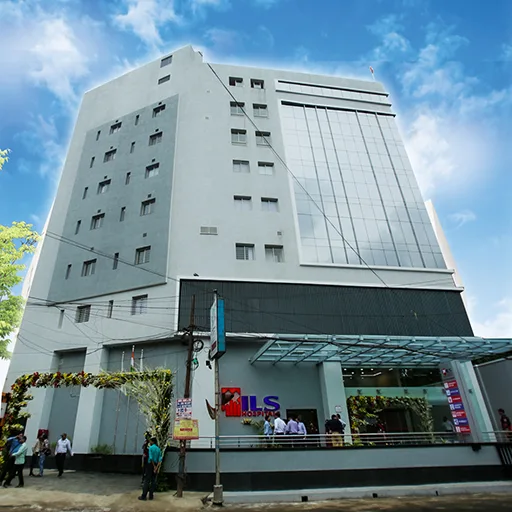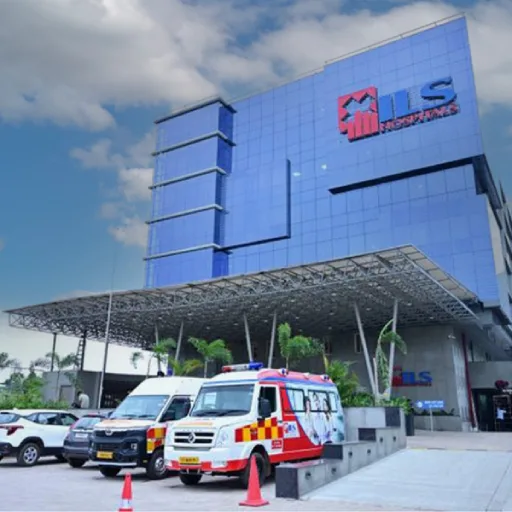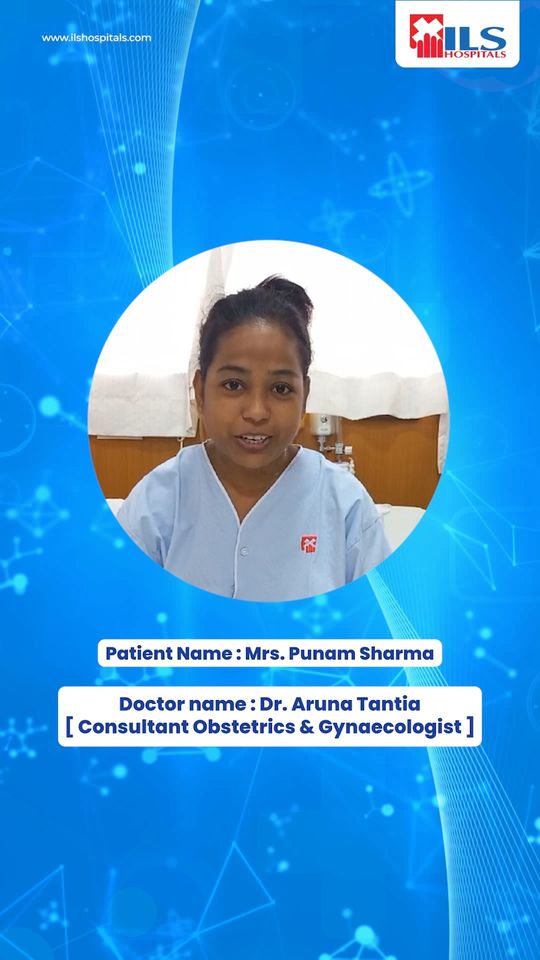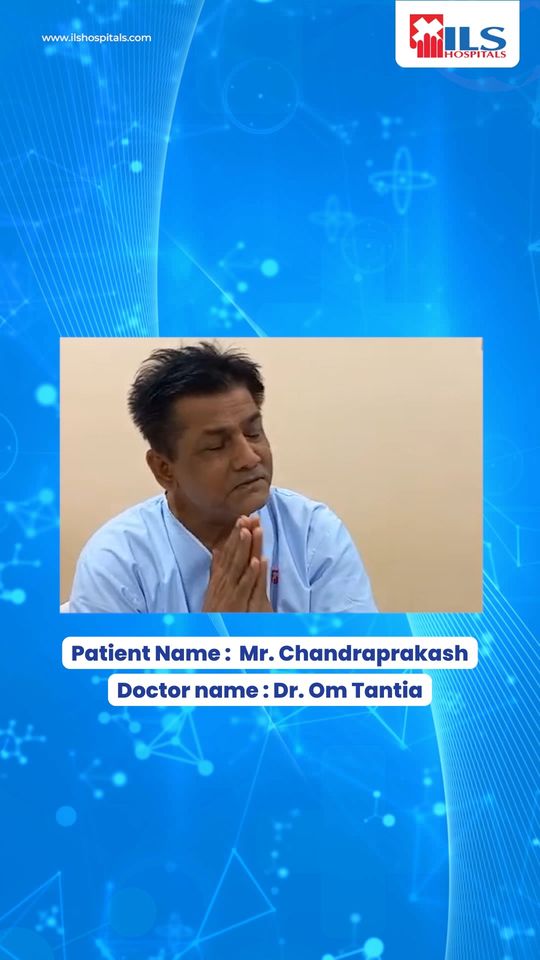Elevating Vascular Care: Carotid Artery Stenting at ILS Hospitals
At ILS Hospitals, we stand at the forefront of vascular interventions, offering state-of-the-art procedures like carotid artery stenting. This advanced technique plays a pivotal role in the management of carotid artery disease, ensuring optimal outcomes for patients. Let’s delve into the significance and process of carotid artery stenting at ILS Hospitals.
Understanding Carotid Artery Stenting:
What Is Carotid Artery Stenting? Carotid artery stenting is a minimally invasive procedure designed to treat carotid artery disease, a condition characterized by the narrowing or blockage of the carotid arteries. These arteries, located on either side of the neck, supply oxygenated blood to the brain. Stenting involves the placement of a small mesh tube, known as a stent, to widen the narrowed portion of the carotid artery, restoring normal blood flow.
Diagnostic Significance:
Carotid artery stenting serves several diagnostic and therapeutic purposes, including:
- Preventing Stroke: By addressing the narrowing of the carotid arteries, stenting helps reduce the risk of stroke, particularly in individuals with a history of transient ischemic attacks (TIAs) or mini-strokes.
- Restoring Blood Flow: The stent creates a scaffold within the artery, preventing it from collapsing and maintaining an open pathway for blood flow to the brain.
- Minimally Invasive Approach: Carotid artery stenting is performed through small incisions, minimizing trauma to surrounding tissues and resulting in faster recovery times compared to open surgery.
The Carotid Artery Stenting Process:
- Pre-Procedural Assessment: Before the stenting procedure, diagnostic imaging, such as carotid ultrasound or angiography, is performed to precisely identify the location and severity of the blockage.
- Catheterization: A catheter is guided through the blood vessels, typically from the femoral artery in the groin, to reach the site of the carotid artery blockage.
- Stent Placement: A stent, a small mesh tube, is threaded through the catheter and positioned at the narrowed segment of the carotid artery. The stent is then expanded, pushing against the arterial walls and creating a stable channel for blood flow.
- Post-Stenting Imaging: Follow-up imaging studies, such as angiography, may be conducted to ensure the proper placement and expansion of the stent.
- Monitoring and Recovery: Patients are closely monitored post-procedure, and recovery times are typically shorter compared to traditional open surgery.
Why Choose ILS Hospitals for Carotid Artery Stenting?
- Expert Vascular Intervention Team: ILS Hospitals boasts a team of experienced vascular surgeons specializing in minimally invasive interventions, ensuring precise and safe carotid artery stenting procedures.
- State-of-the-Art Interventional Suites: Our hospitals are equipped with advanced interventional suites, facilitating optimal visualization and real-time monitoring during the stenting procedure.
- Holistic Vascular Care: From diagnostics to intervention and post-procedural care, ILS Hospitals provides comprehensive vascular services, ensuring continuity of care for patients.
- Patient-Centric Approach: Patient well-being is our paramount concern. At ILS Hospitals, we prioritize open communication, addressing patient concerns, and ensuring a supportive environment throughout the treatment journey.
- Advanced Imaging Technologies: Our hospitals are equipped with cutting-edge imaging technologies, enabling precise pre-procedural assessments and real-time visualization during the carotid artery stenting procedure.
Carotid artery stenting at ILS Hospitals exemplifies our commitment to advancing vascular care, providing patients with a minimally invasive, effective solution for carotid artery disease. We strive to enhance patient outcomes, promote well-being, and contribute to the overall health and vitality of our community.





























